Select an Orthopaedic Specialty and Learn More
Use our specialty filter and search function to find information about specific orthopaedic conditions, treatments, anatomy, and more, quickly and easily.
GET THE HURT! APP FOR FREE INJURY ADVICE IN MINUTES
Shoreline Orthopaedics and the HURT! app have partnered to give you virtual access to a network of orthopaedic specialists, ready to offer guidance for injuries and ongoing bone or joint problems, 24/7/365.
Browse Specialties
-
- Joint Disorders
- Knee
- Ligament Disorders
- Sports Medicine
ACL Injuries & Reconstruction
One of the most common knee injuries is an ACL sprain or tear. Athletes who participate in high demand sports like soccer, football and basketball are more likely to injure their anterior cruciate ligaments. About half of all ACL injuries occur along with damage to other structures in the knee, such as articular cartilage, meniscus, or other knee ligaments.
More Info -
- Joint Disorders
- Knee
Articular Cartilage Restoration
Articular cartilage can be damaged by injury or normal wear and tear, resulting in a joint surface that is no longer smooth. Damaged cartilage does not heal itself well, so doctors have developed surgical techniques to stimulate the growth of new cartilage. This procedure is used most commonly for the knee and most candidates are young adults with a single injury or lesion. Restoring articular cartilage can relieve pain, allow improved function, and delay or prevent the onset of arthritis.
More Info -
- Foot & Ankle
Morton’s Neuroma
Morton’s neuroma is not actually a tumor—it is a thickening of the tissue that surrounds the digital nerve leading to the toes. Morton’s neuroma most frequently develops between the third and fourth toes, and occurs where the nerve passes under the ligament connecting the toe bones (metatarsals) in the forefoot.
More Info -
- Fractures, Sprains & Strains
- Neck and Back (Spine)
- Physical Medicine & Rehabilitation (PM&R)
Osteoporosis & Spinal Fractures
When too much pressure is placed on a vertebra weakened by osteoporosis, the patient may suffer a vertebral compression fracture. Fractures caused by osteoporosis often occur in the spine. Vertebrae weakened by osteoporosis are at high risk for fracture.
More Info -
- Fractures, Sprains & Strains
- Joint Disorders
- Ligament Disorders
- Shoulder
- Sports Medicine
Shoulder Separation (AC Joint Sprain)
A shoulder separation is actually an injury to the AC joint, not the shoulder joint. It is commonly the result of a direct fall onto the shoulder that injures the ligaments that surround and stabilize the AC joint.
More Info -
- Neck and Back (Spine)
- Pediatric Injuries
- Physical Medicine & Rehabilitation (PM&R)
- Sports Medicine
Spondylolysis & Spondylolisthesis
Many people with spondylolysis and spondylolisthesis do not experience obvious symptoms or pain. Often, a patient visits the doctor for activity-related lower back pain, only to be surprised by the diagnosis. Patients may experience what feels like a muscle strain, with pain that spreads across lower back, and is sometimes accompanied by leg pain. Spondylolisthesis can also cause spasms that stiffen the back and tighten hamstring muscles, resulting in changes to posture and gain.
More Info -
- Diagnostics & Durable Medical Equipment (DME)
Traditional X-RAY, CT Scan, MRI
Diagnostic imaging techniques are often used to provide a clear view of bones, organs, muscles, tendons, nerves and cartilage inside the body, enabling physicians to make an accurate diagnosis and determine the best options for treatment. The most common of these include: traditional and digital X-rays, computed tomography (CT) scans, and magnetic resonance imaging (MRI).
More Info

